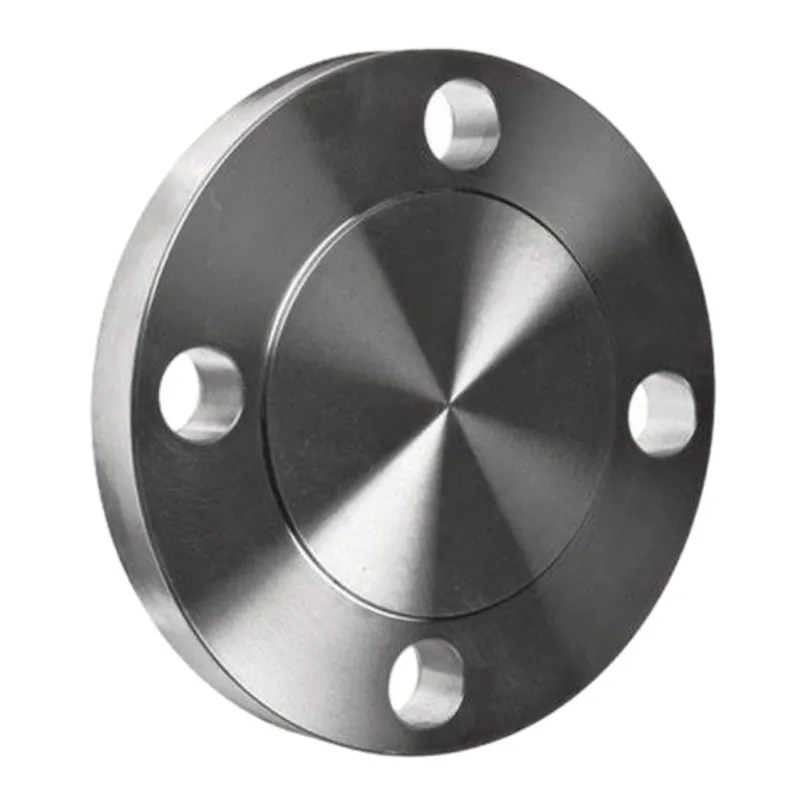-
Cangzhou Yulong Steel Co., Ltd.
-
Phone:
+86 13303177267 -
Email:
admin@ylsteelfittings.com
- English
- Arabic
- Italian
- Spanish
- Portuguese
- German
- kazakh
- Persian
- Greek
- French
- Russian
- Polish
- Thai
- Indonesian
- Vietnamese
- Zulu
- Korean
- Uzbek
- Hindi
- Serbian
- Malay
- Ukrainian
- Gujarati
- Haitian Creole
- hausa
- hawaiian
- Hebrew
- Miao
- Hungarian
- Icelandic
- igbo
- irish
- Japanese
- Javanese
- Kannada
- Khmer
- Rwandese
- Afrikaans
- Albanian
- Amharic
- Armenian
- Azerbaijani
- Basque
- Belarusian
- Bengali
- Bosnian
- Bulgarian
- Catalan
- Cebuano
- China
- China (Taiwan)
- Corsican
- Croatian
- Czech
- Danish
- Esperanto
- Estonian
- Finnish
- Frisian
- Galician
- Georgian
- Kurdish
- Kyrgyz
- Lao
- Latin
- Latvian
- Lithuanian
- Luxembourgish
- Macedonian
- Malgashi
- Malayalam
- Maltese
- Maori
- Marathi
- Mongolian
- Myanmar
- Nepali
- Norwegian
- Norwegian
- Occitan
- Pashto
- Dutch
- Punjabi
- Romanian
- Samoan
- Scottish Gaelic
- Sesotho
- Shona
- Sindhi
- Sinhala
- Slovak
- Slovenian
- Somali
- Sundanese
- Swahili
- Swedish
- Tagalog
- Tajik
- Tamil
- Tatar
- Telugu
- Turkish
- Turkmen
- Urdu
- Uighur
- Welsh
- Bantu
- Yiddish
- Yoruba

Sep . 27, 2024 22:12 Back to list
3% 20 x 2 Concentric Reducer Specifications and Applications in Industrial Pipelines
Understanding 3 x 2 Concentric Reducers A Comprehensive Overview
In the world of piping and fluid dynamics, the significance of reducers cannot be overstated. These components play a crucial role in modifying the diameter of pipes, which is essential for controlling fluid flow, pressure, and system efficiency. Among the various types of reducers, the concentric reducer stands out due to its unique design and functionality. In this article, we will delve into the specifics of a 3 x 2 concentric reducer, exploring its applications, advantages, and critical characteristics.
What is a Concentric Reducer?
A concentric reducer is a pipelining component used to connect pipes of different diameters. The design features two ends that taper down from a larger diameter to a smaller diameter, maintaining a consistent axis throughout. This is distinct from eccentric reducers, which have an offset design that prevents accumulation of fluid at the reduction point. The concentric reducer ensures a smooth transition in the flow, minimizing turbulence and maintaining pressure stability within the system.
Understanding the 3 x 2 Specification
The notation 3 x 2 indicates the diameters of the pipes that the concentric reducer is designed to connect. Specifically, it refers to a pipe with a nominal diameter of 3 inches on one side and a 2-inch nominal diameter on the other. This size compatibility is crucial for various applications in industries such as water supply, petrochemical, and HVAC systems.
Applications of 3 x 2 Concentric Reducers
The versatility of concentric reducers makes them applicable in numerous industries
1. Water Supply In municipal water distribution networks, concentric reducers help manage changes in pipe diameter, facilitating efficient water flow from treatment plants to residential areas.
2. Petrochemical Industry Hydrocarbon processing facilities often utilize these reducers to connect different segments of piping systems, ensuring that the flow of substances like oil and gas remains streamlined.
3. Power Generation In power plants, these reducers are essential in cooling systems where the flow rate and pressure of water or steam need precise control.
4. HVAC Systems In heating, ventilation, and air conditioning systems, concentric reducers help connect ducts of varying sizes, promoting effective airflow and temperature control.
Advantages of Using Concentric Reducers
3 x 2 concentric reducer

1. Smooth Flow Transition The design of concentric reducers allows for a gradual change in diameter, reducing the risk of turbulence and pressure loss. This is vital for systems where fluid dynamics can affect overall performance.
2. Space Efficiency Concentric reducers have a compact design, making them suitable for installations where space is limited. They can be easily fitted into pre-existing piping systems without significant alterations.
3. Durability Made from robust materials such as stainless steel, carbon steel, or PVC, these reducers offer high resistance to corrosion and mechanical stress. This durability extends the lifespan of the piping system.
4. Easy Installation With standardized dimensions, 3 x 2 concentric reducers can be quickly and easily installed, reducing labor costs and downtime during maintenance or upgrades.
Considerations When Choosing a Concentric Reducer
When selecting a concentric reducer for a specific application, several factors should be taken into account
1. Material Compatibility The reducer must be made from a material compatible with the fluid being transported. For instance, corrosive substances require reducers made from resistant materials like stainless steel.
2. Pressure Ratings Ensure that the reducer can handle the operating pressure of the system to prevent leaks or failures.
3. Temperature Ratings Evaluate the temperature conditions of the application, as extreme temperatures can affect the material integrity and performance of the reducer.
4. Connection Type Check for compatibility with the existing piping connections, whether threaded, welded, or flanged.
Conclusion
The 3 x 2 concentric reducer is an essential component in various industries, providing an efficient solution for fluid dynamics challenges. Its ability to maintain smooth transitions between differing pipe diameters aids in optimizing system performance and reliability. By understanding the advantages and considerations associated with these reducers, engineers and technicians can make informed decisions for their piping systems, ultimately enhancing efficiency and reducing operational costs.
Latest news
-
ANSI 150P SS304 SO FLANGE
NewsFeb.14,2025
-
ASTM A333GR6 STEEL PIPE
NewsJan.20,2025
-
ANSI B16.5 WELDING NECK FLANGE
NewsJan.15,2026
-
ANSI B16.5 SLIP-ON FLANGE
NewsApr.19,2024
-
SABS 1123 FLANGE
NewsJan.15,2025
-
DIN86044 PLATE FLANGE
NewsApr.19,2024
-
DIN2527 BLIND FLANGE
NewsApr.12,2024
-
JIS B2311 Butt-Welding Fittings LR/SR 45°/90° /180°Seamless/Weld
NewsApr.23,2024











